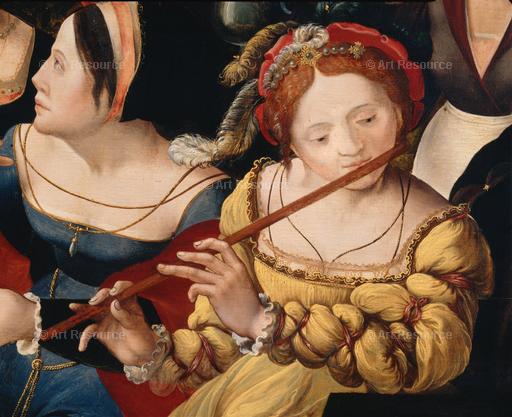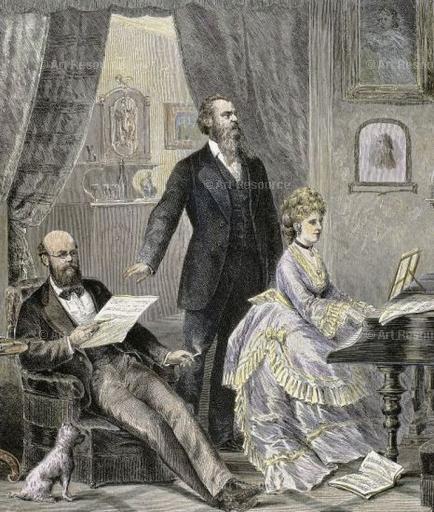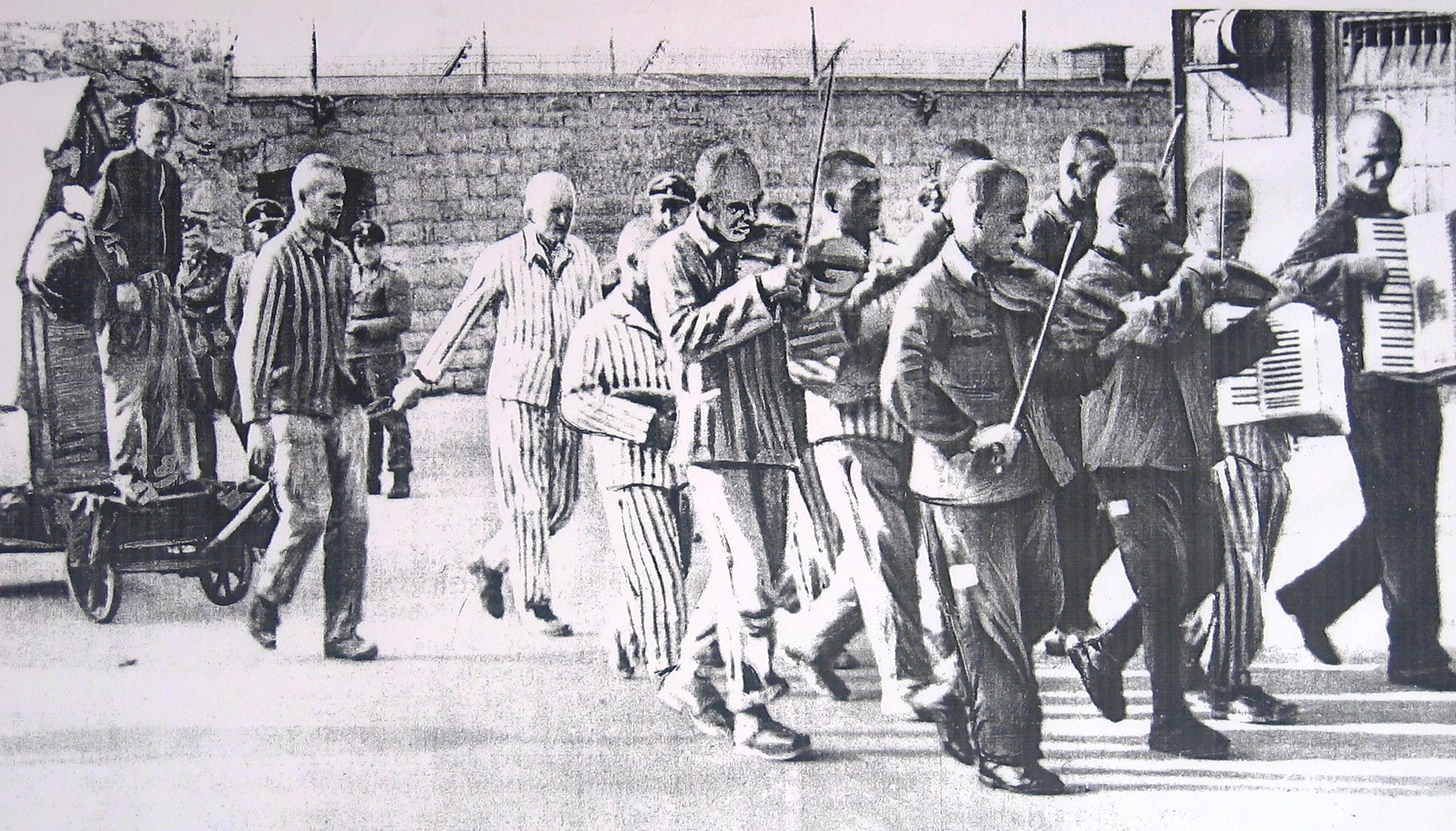Do the Arts make us better? Oxford’s John Carey asked that question in What Good Are The Arts? (2005). A provocative little book, it rankled readers on both sides of the Atlantic when it appeared. It sank its fangs into a reigning cultural assumption that art’s mission is to improve people.
The belief that art can make people better dates back to classical times. Aristotle taught that music was character-forming and should be introduced into the education of the young. In listening to music, he maintained, “our souls undergo a change.” It arouses “moral qualities.” However, it must be the right sort of music. The wrong sort of music is “vulgarizing.”
That conjunctive adverb however carries freight. It introduces a broad-ranging prerequisite that could keep us up past dawn determining the distribution of weight on various kinds of modern music. What to make of instruments like synthesizers, digital pianos, and electric guitars? And who are the listeners to these things?

In considering unrefined music, Aristotle had the flute in mind. He disdained its appeal to “laborers, and the like,” also to slaves, and children. But he did not extend the hazard of the instrument and its sounds to music itself or outward to other arts. The separation was a legacy of his tutelage under Plato. In Carey’s pruned—and gleefully simplified—telling, Plato thought the arts carried a potential to make people worse.
Unlike reason and science, they are “far removed from truth” and have “no true or healthy aim.” At best “only a kind of sport or play”, they incite “lachrymose and fitful behavior in their adherents. . . . However, even Plato makes an exception for music, so long as it is “virtuous” music that appeals to “the best and the best educated’, as opposed to “vicious music that appeals to the majority”.
The philosopher, student of Socrates and mentor to Aristotle, had granted exemption to music of the better sort. (Salting Plato’s exemption is the latent assumption—by an educated, military-trained aristocrat in the upper echelons of Athenian society—that such music was also the province of the Better Sort.)

An Aesthetic Sense Is Neither Moral Nor Merciful
Fast forward to the invention of aesthetics in the 18th century. With the Enlightenment, faith in art’s capacity to improve morals and emotions became a tenet of Western orthodoxy. Carey is an adept tour guide through lines of thought that have led to mystical belief in art’s improvement on human nature. It is difficult for a devil’s advocate to adopt the right tone. At times he can sound like a literary scholar sporting an anti-elitist chip on his shoulder.
But no. Carey’s true target is the “spiritual aura that surrounds artworks.” It is modernity’s prevailing tendency to “bestow on artworks a divine status, as if they were portable deities, and to make people, by comparison, dispensable.” The posture echoes Jacques Barzun’s argument against Esthetic Man in his 1973 Mellon Lectures:
Esthetic Man must be got rid of because he is all-devouring, like his predecessors: Political Man, Religious Man, Economic Man. They are all imperialists who want the entire cosmos drawn like a wire through their single keyhole. Esthetic Man destroys all other men—not alone his neighbors, but other possible men inside himself. The artist within each of us turns persecutor of civic man, man of affairs, social and sociable man, playful man, idle man . . . . The last half century has artistified practical men out of their very natures.
Carey, like Barzun three decades earlier, was arguing against the abuse of art. Both men took issue with pseudo-philosophical and mystical superstructures imposed on Art. The aesthetic sense is not redemptive despite being esteemed as a kind of secular salvation: “Aesthetic sensitivity, we now know, can co-exist with systemic, demonic cruelty.” That judgment draws on George Steiner’s In Bluebeard’s Castle (1971):
Nothing in the next door world of Dachau impinged on the great winter cycle of Beethoven chamber music played in Munich. No canvases came off the museum walls as the butchers strolled reverently past, guide book in hand . . . We now know . . . that obvious qualities of literate response, of aesthetic feeling, can co-exist with barbaric, politically sadistic behaviour in the same individual. Men such as Hans Frank who administered the ‘final solution’ in Eastern Europe were avid connoisseurs and, in some instances, performers of Bach and Mozart.
Such references to the high cultivation of many overseers of the ovens have dwindled into clichés. They have lost their piquancy against cultural ascendance within the churches of near-dogmatic trust in the words Dostoevsky placed in the mouth of Prince Myskin: “Beauty will save the world.”

Three centuries into the gradual displacement of religion by aesthetics, talk of beauty has swollen into a campaign to align beauty with salvation history. We speak of beauty now in tones reserved for salvific virtue. Have Christians strayed off their own turf?
To Speak of Relations Between Art And Virtue . . .
In 2008, on the 40th anniversary of the Soviet invasion of Czechoslovakia, The Guardian interviewed photographer Josef Koudelka. [See previous post.] His remarkable chronicle of the first seven days of Soviet occupation, Invasion 68:Prague, had been recently published and was on exhibit in Prague. The interviewer touched briefly on Koudelka’ personal life:
Though he has never maintained a long-term relationship, Koudelka has three children by three women in three countries . . . . Recently, when a teacher asked the boy what his father did, he replied, ‘He’s a nomad.’
‘Listen,’ he says, when we meet the following day over a beer . . . ‘I am not a family man and I can never be a family man. But I am very happy, I have children and I hope that they are happy that they exist. From the beginning I make certain rules with my children and one is that I can’t be with them all the time. I tell them that when I am with them, I am for them, and when I am not there, it is best they should try to forget that I exist.’
Exquisite photography is memorable. Fatherhood, discountable.


